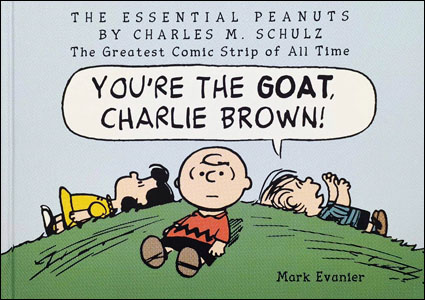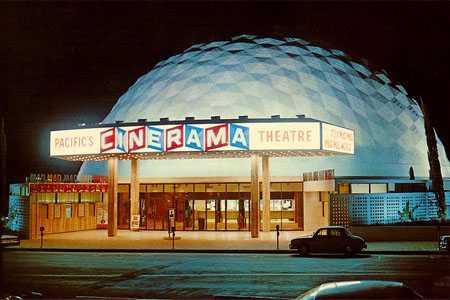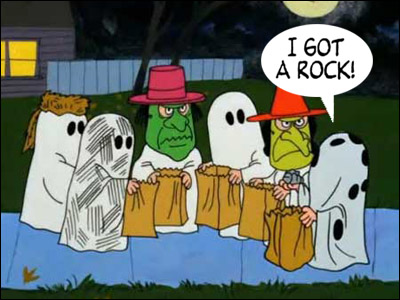The other day, I showed you one of the private jet planes that a Vegas casino might send to pick you up if you had a ton o' money you wanted to gamble (i.e., lose) at their establishment. They would also probably put you up in one of what they informally call their "high-roller" suites. These are luxurious hotel suites that would cost zillions a night to rent but bupkis if they expect you to leave a lot of cash in their coffers when you check out.
The Harrah's organization owns or controls eight casino resorts in Las Vegas: Harrah's, The Linq, Caesars Palace, Nobu, The Horseshoe, Planet Hollywood, The Cromwell and The Flamingo. On this page, you can partake of 360° tours of some of their "high roller" suites. They vary a lot in size and lushness but the most impressive ones are probably at Caesars Palace. Check out the Hadrian Villa, which has four bedrooms, a grand entrance with stylish interiors, a baby grand piano and an aquarium. It's 11,850 square feet, probably at least thrice the size of wherever you live.

In my entire life, I have logged a grand total of one night in one high-roller suite in Vegas. It was at what was then called the MGM Grand before it was renamed Bally's when the MGM people built a new MGM Grand a few blocks down The Strip and sold the old place. Bally's has recently been renamed The Horseshoe and you can "tour" the fancy suites at The Horseshoe on that page but I don't recognize the room that a lady friend and I inhabited there in, I'm guessing, 1983. It was on a night when the casino was dead and I had a rare lucky streak and won a lot of money on Blackjack. (Don't be envious. I eventually gave much of it back though not all to that particular casino.)
My "win" for that night was way, way below what it usually took to earn such a room but a Casino Host gave it to us on a whim. I remember it was on a floor with tight security and a 24/7 staff of tuxedoed butlers. You walked into our suite and in the middle of the front room, there was a bathtub that could have housed ten people. My date vetoed my suggestion that I run out and find eight more ladies to join us. Instead, the two of us bathed, then slept no better and no worse than we would have in any room in the place, had breakfast served to us and checked out.
I think they said the room, if we'd paid for it which almost no one ever did, would have been $3,000 a night. That was a lot of money in '83…and really a lot of money for a bath, seven hours of sleep and a couple of omelets and juice. My companion decided later we should have found someone rich in the casino to sublet it to, charged them $2,000, rented a $60 room for ourselves that night and made $1,940 off the experience. If for some insane reason, Caesars Palace ever comps me the Hadrian Villa, I intend to do what she suggested but the rent will be a little higher…five figures instead of four.







